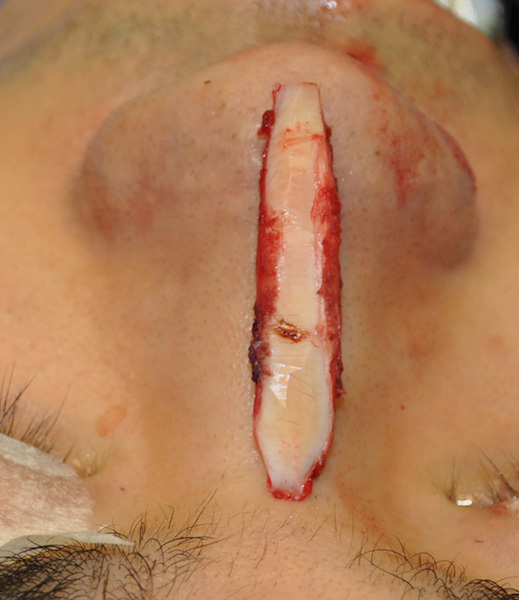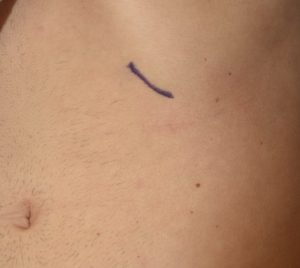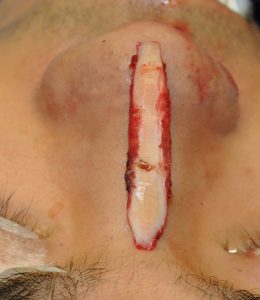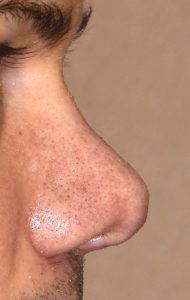Background: Rhinoplasty is fundamentally about reshaping the structural support of the nose. This can be done for an overall reduction in size or shape, an overall augmentation of the dorsocolumellar support or some combined of both. In reduction rhinoplasty the postoperative adaptation of the enveloping skin has a major role in the result. Conversely in augmentation rhinoplasty the amount, shape and placement of the added volume plays the major role in the aesthetic outcome.
The classic debate in augmentation rhinoplasty is whether the needed volume should come from implants, the patient’s own cartilage or a cadaveric rib graft. Assuming cartilage is chosen and significant volume is needed the debate then turns to the patient’s own rib cartilage or the use of cartilage out of a box from a tissue bank. That is a discussion I have with the patient as they must ultimately decide whether they want to avoid a harvest site and a longer recovery.
Such a discussion becomes irrelevant when the patient has already had a primary rhinoplasty where a cadaveric rib graft has already been used.
Case Study: This male had previously been through an open rhinoplasty using cadaveric rib for dorsal augmentation and multiple tip reshaping maneuvers. What he did not like from this surgical effort was that the dorsum was still saddle-shaped and the tip was rotated up too far with excessive nostril show. The tip was also round and bulbous with a blunted appearance with alar rim notching.
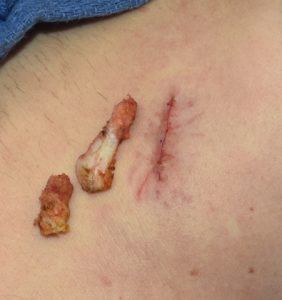
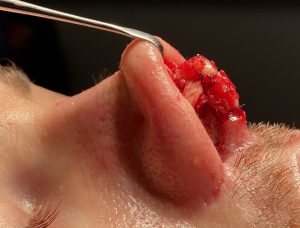
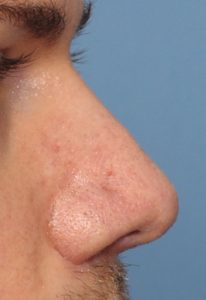
Case Highlights:
1) Augmentative rhinoplasty outcomes are largely depends on the volume of the construction materials used to do them.
2) In many male augmentation rhinoplasties of significance a straight line dorsal augmentation with derotation of the tip is often needed.
3) Autogenous rib can be harvested from multiple sites of which the subcostal region is one where multiple free floating or in situ enbloc cartilage grafts can be harvested.
Dr. Barry Eppley
Indianapolis, Indiana

